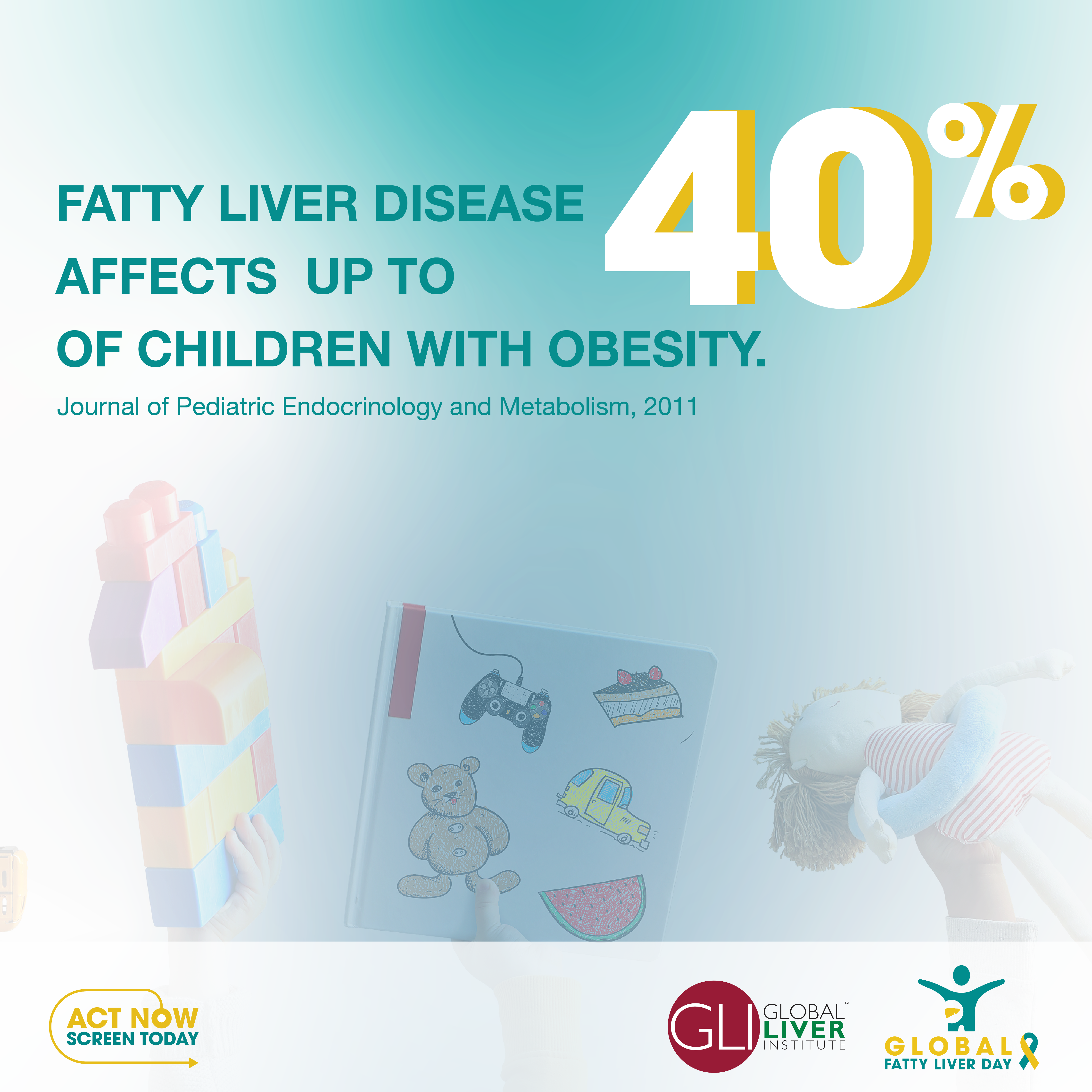
Nourishing Insights into Pediatric Fatty Liver Disease
Over the past decade, the prevalence of metabolic dysfunction-associated steatotic liver disease (MASLD, previously known as nonalcoholic fatty liver disease/NAFLD) in children has seen a concerning rise. Pediatric fatty liver disease is a serious liver disease that not only affects adults but also a concerning proportion of children. In fact, pediatric fatty liver disease affects nearly 10% of the general pediatric population. Furthermore, in children affected by obesity, fatty liver disease affects as many as 40%. Despite its growing prevalence, there still isn’t a definitive cure for fatty liver disease. However, ongoing research has illuminated the crucial role that nutrition plays in both the development and exacerbation of this condition. While the exact causes of NAFLD are multifaceted, research highlights various factors, including genetic predisposition, sedentary lifestyle, and notably, dietary composition.
Unpacking the Power of Food: Carbohydrates, Fats, Fiber, and Proteins
|
Nutrient Type |
Subcategory |
Description | Examples |
Impact on MASLD/NAFLD |
| Refined |
Processed carbs with reduced nutritional value |
White bread, white rice, processed foods |
Increase risk |
|
| Healthy |
Unprocessed or minimally processed carbs retain nutritional value |
Whole grains, vegetables, beans |
Protective effects |
|
|
Simple carbohydrate, overconsumption poses health risks to the liver |
Sweetened beverages, processed foods |
Increased risk |
||
| Saturated |
Dietary fats linked to various health conditions |
Butter, cheese, red meats |
Increase risk |
|
|
Unsaturated |
Healthy dietary fats beneficial for heart health |
Avocados, nuts, fish |
Protective effects |
|
| Soluble | Attracts water, slows digestion, promotes fullness | Beans, peas, nuts, fruits, vegetables | Protective effects | |
| Insoluble | Speeds passage of food through the stomach, aids in weight management | Whole grains, vegetables | Protective effects | |
| Proteins | N/A | Essential nutrients for body function and energy | Meat, fish, eggs, lentils |
General role in energy provision |
Some pediatric specialists propose a discrepancy between our genetic makeup and the prevalence of highly processed and sugary foods in children’s diets. Surveys on nutrition indicate a stark transformation in kids’ eating habits over a generation, with ultra-processed foods comprising over 67 percent in recent years compared to minimal presence in the early 1980s. These dietary patterns are believed to induce hormonal fluctuations and other physiological strains. The overconsumption of fructose serves as an example, highlighting the risks of overconsumption in any form. Overnutrition, characterized by consuming too many calories, is a key factor in the development and progression of fatty liver disease, alongside dietary composition. Overnutrition often leads to obesity, which further increases the risk of fatty liver disease due to the accumulation of excess fat. Lifestyle interventions that promote weight loss through caloric restriction and dietary changes have shown effectiveness in managing fatty liver disease. Therefore, pediatric fatty liver disease patients should consider addressing the quantity of food being consumed as a disease management strategy.
Strategies for Management
Early diagnosis of fatty liver disease in children is extremely important. Detecting the disease early can allow for lifestyle changes including healthier eating and increased physical activity which can reverse the condition completely. Additionally, early diagnosis enables healthcare providers to monitor the condition and its associated risk factors, reducing risks of associated co-occurring conditions, and thereby improving the overall health and quality of life of affected children in the long term.
Ongoing Efforts
While a definitive cure for pediatric fatty liver disease is yet to be found, ongoing efforts – including research, clinical trials, family education, and public health education programs – are being made to combat this condition. Given that obesity is a primary risk factor for fatty liver disease, which affects 40% of children with obesity, improving access to treatments can indirectly address pediatric fatty liver disease by helping individuals manage their weight effectively and reduce the progression and severity of the condition.
Understanding the intricate relationship between diet and liver health is crucial. By adopting an approach that emphasizes healthier nutrition choices and lifestyle changes, we can mitigate the risk of fatty liver disease and improve the overall health outcomes of our children.
|
OLD TERMS |
NEW TERMS |
|
FLD – Fatty Liver Disease |
SLD – Steatotic Liver Disease |
|
NAFLD – Nonalcoholic Fatty Liver Disease |
|
| NASH – Nonalcoholic Steatohepatitis |
MASH – Metabolic Dysfunction-Associated Steatohepatitis |
